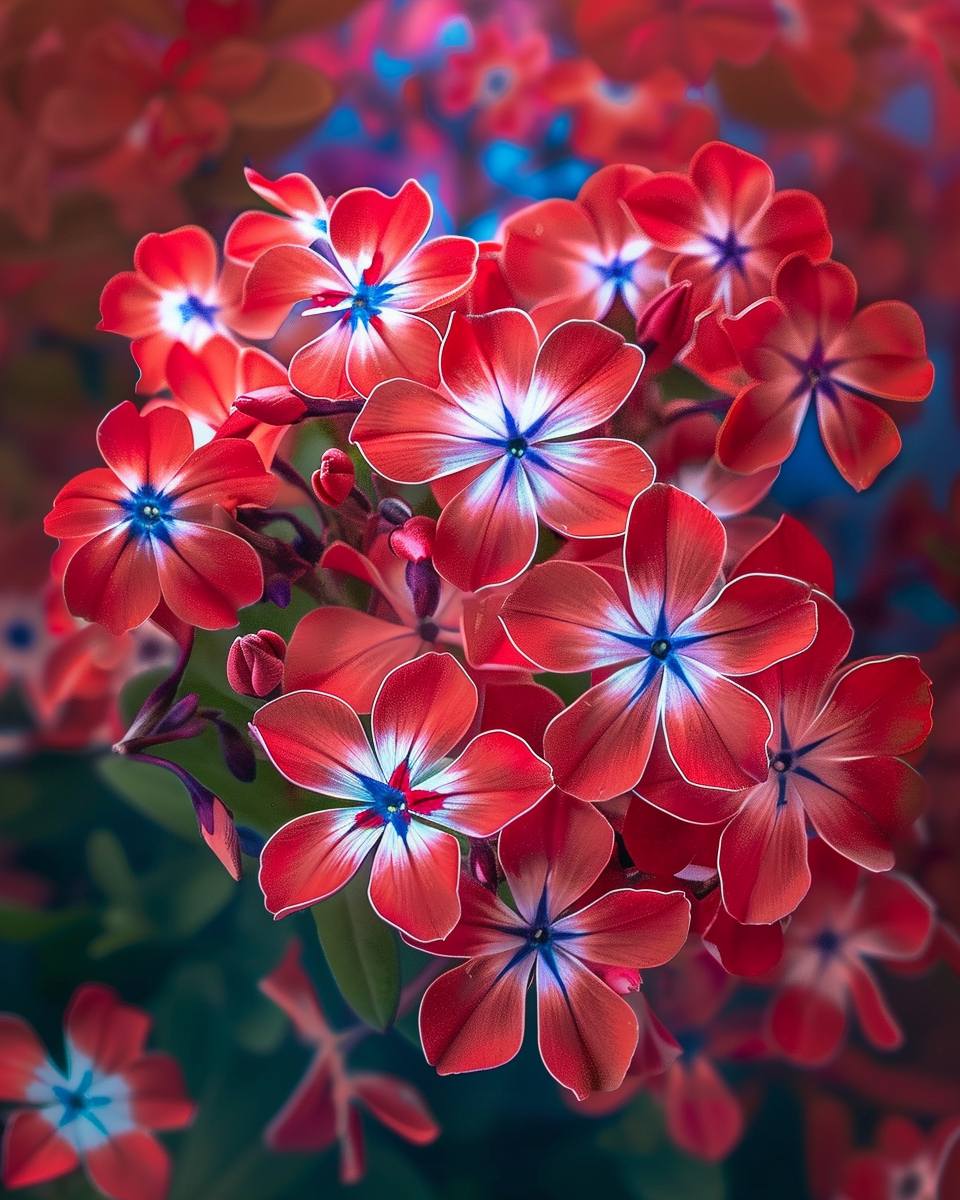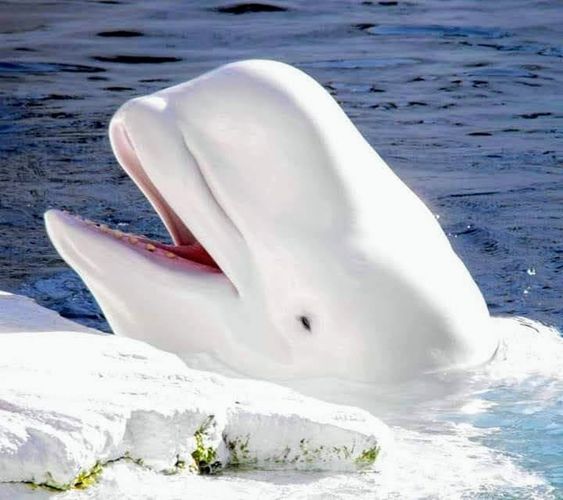More than 30 years ago, a Dutch diver and history enthusiast, Max Ammer, was told by his host, a veteran, about a World War II plane that had sunk in Indonesian waters. Shortly after, the man undertook a four-month expedition through various archipelagos. Among them, one place that made a deep impression on him was Raja Ampat, in the West Papua province of Indonesia.

Located in the heart of the Coral Triangle, the Raja Ampat Network of Marine Protected Areas spans more than 4 million hectares and includes approximately 1,500 islands. Despite its rich marine biodiversity and poetic beauty, thanks to its relatively rugged location, Raja Ampat has avoided the “fate” of becoming a tourist area, safely protecting more than 1,600 species of fish. and 75% of all known coral species worldwide.
“There are incredibly beautiful areas and hundreds of other beautiful coral gardens.”
Ammer said.

His love of natural beauty and the local community prompted him to open Kri Eco Dive Resort in 1994, with the goal of training local divers and giving people access to the “untouched aquatic world”. Following his success, he opened a resort in nearby Sorido Bay, with two hotels operated by Ammer’s Papua Diving.

One of the most successful conservation projects on Earth
Witnessing the brilliant Raja Ampat of today, few would have thought that some 20 years ago, Raja Ampat would have been in decline due to overfishing and unsustainable business practices. Fortunately, many conservation initiatives have been born that have helped fish populations rise again, poaching has decreased by about 90%, corals have been restored, and especially shark populations have also returned to waters. calm down this jar

In 2004, Raja Ampat was listed as a protected area with the support of international conservationists and local authorities. This is a program to help conserve and restore marine resources, while ensuring food security and sustainable economic benefits for the local population.

Conservation areas contract with local people to protect and disseminate traditional knowledge, values and practices, and isolate some areas to allow ecosystems time to recover.
Marit Miners, co-founder of the now famous Misool Eco Resort and Misool Foundation, has also successfully implemented a project that demonstrates the importance of involving the local community to help create a resort that is sustainable in terms of tourism. in all aspects.

Marit’s relationship with Raja Ampat begins as a love affair. While traveling through Bangkok in 2005, Marit met a man who was passionate about diving and later became her future husband, Andrew Miners. On their third date, Andrew asks her to go scuba diving in Raja Ampat.
Biodiversity has yet to be restored after years of destruction by commercial fishing. It prompted the couple to set up the Misool Foundation and Misool Resort right after the tour and gradually became a source of financial support to help sustain conservation work.

The couple reached an agreement with the local community to make the Misool Marine Reserve a “no-go zone,” meaning fishing and hunting will be prohibited in the area of more than 121,000 people. hectares. There is a professional patrol team monitoring the area 24/7 since 2007.
Even at the resort, sustainability is always maintained through the use of solar energy instead of fossil fuels, the collection of rainwater to produce drinking water, the existence of organic fruit and vegetable gardens on site, waste management buying ocean plastic and trash to sell to recyclers…

The results obtained were not unexpected. As early as 2007, fish biomass increased by an average of 250%, and sharks that once left began to return to the area.
Ammer also saw positive changes at its two Papua Diving resorts.
About two decades ago, divers counted a record 327 species of fish in a single dive. A decade later, this number has risen to 374 distinct species, seen in just 90 minutes.
“When we first came here, there was a lot of dangerous fishing all over Raja Ampat, like bomb fishing, potassium cyanide fishing, shark fishing, logging.”
Ammer said.

Gradually all these activities were phased out as the fishermen found other ways to earn a living. Ammer has created favorable conditions for local people, loggers and even illegal turtle and shark hunters to work in the resorts.
Two of Papua Diving’s facilities are also built on what was once a coconut plantation, meaning no primary forest has been cleared for the resort.
The beauty of Raja Ampat
When asked about the ideal and favorite places to dive in Raja Ampat, Ammer said the list is almost endless.

In addition to the famous Cape Kri reef, the Sardines Reef area is also a favorite spot for divers because it has so many fish that they sometimes block the sunlight. Also, Melissa’s garden (named after her daughter Ammer) is filled with beautiful hard and soft coral reefs. Or as Otdima is also a hard coral reef, named after the most experienced diving instructor in the area.

Not only under the sea, the landscape on the ground is also extremely poetic with diversity of flora and fauna. Tiny raindrops spread like mushroom hats, covering pitcher plants and wild orchids.

The largest terrestrial arthropod, the coconut crab, can be found “flying” among the dense vegetation. Rare birds such as the sulfur crested, hornbill or fire kite are also frequently seen.
The mangroves also act as a “baby nursery” and refuge for flying foxes, fruit bats…
Walking along the sandy shore, tourists are sure to be captivated by the beauty of the limestone islands and emerald green lagoons.





